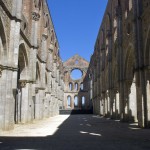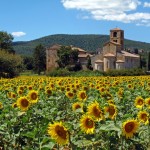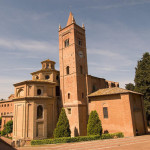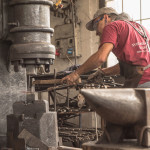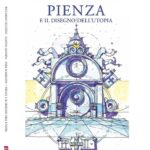Colle Val d’Elsa
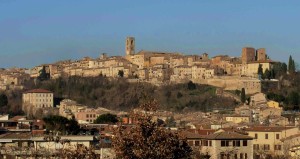
Thanks to the presence of the Elsa River and due to the proximity of the Via Francigena, Colle vald’ Elsa has been known since the eleventh century for flourishing craft activities especially related to wool and paper, of which the town became an important production center after the Florentine conquest of 1349. Moreover, thanks to the spread of the art of printing in the second half of the 15th century, Colle knew the presence of one of the first Italian printing houses, while its industry of crystal manufacturing, now very famous in the world, flourished mainly from the second half of the sixteenth century.
The medieval urban organization is reflected in today’s articulation of the town, which is divided into Colle Bassa, which grew as a manufacturing center, and Colle Alta (with the castle and the village), rich in artistic landmarks.
In the center of Colle Bassa there is the wide porticoed square dedicated to the famous architect and sculptor Arnolfo di Cambio, who was born here in 1245. Continuing towards the upper part of the village, you reach the castle, a compact urban agglomeration of medieval appearance, partly embellished by four fifteenth-century palaces. The town is surrounded by ancient medieval walls, and it still preserves two gates located at the east and west sides of the urban center. Worthy of note are the Palace of Bell, a sixteenth century structure by Giuliano di Baccio d ‘Agnolo; Via del Castello, which runs at a high altitude and is lined with buildings of civil authority, ancient tower houses, and beautiful Renaissance palaces; Piazza Duomo, with the cathedral; the fourteenth-century Praetorian Palace, seat of an important archaeological museum dedicated to Ranuccio Bianchi Bandinelli; the bishop’s palace, decorated inside with fourteenth-century frescoes by Bartolo di Fredi; and the Via delle Volte, a long covered road 100 meters long, which offers a splendid view of the authentic medieval castle. I also recommend a visit to the famous Crystal Museum.
Social Share
Tours
News
Liguria Tourist Guides
(Italiano) Un nuovo libro su Pienza
(Italiano) La prima cosa bella
- Liguria Tourist GuidesTourist guides in Genoa, Portofino and Liguria. Guided tours of Finalborgo, Noli, Albenga, Savona, Dolceacqua, Imperia, Camogli, Rapallo and much more. Excursions to Monaco, Monte Carlo, French Riviera, Cinque Terre.… Read more: Liguria Tourist Guides
- (Italiano) Un nuovo libro su PienzaSorry, this entry is only available in Italian.
Cookie Policy | Privacy Policy: Italiano - English

